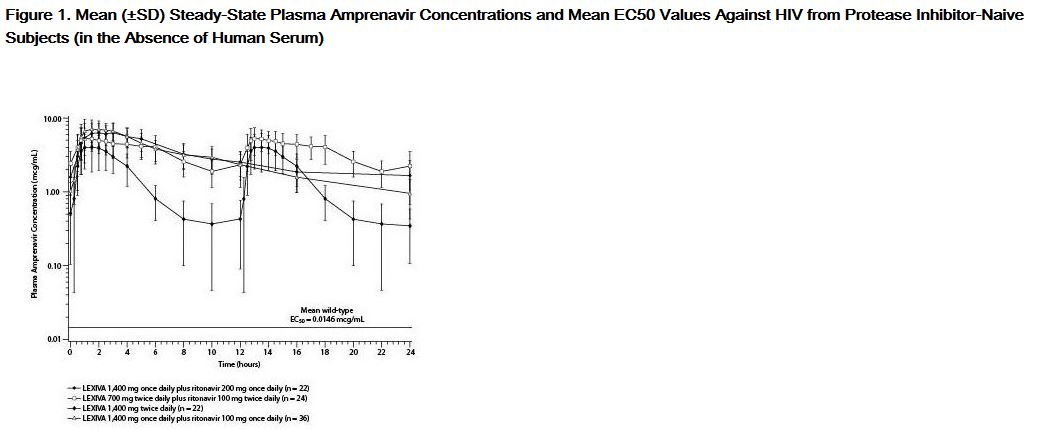Didanosine clinical studies
Editor-In-Chief: C. Michael Gibson, M.S., M.D. [1]; Associate Editor(s)-in-Chief: Ahmed Zaghw, M.D. [2]
Clinical Studies
Adult Patients
Combination Therapy
START 2 was a multicenter, randomized, open-label study comparing VIDEX (200 mg twice daily)/stavudine/indinavir to zidovudine/lamivudine/indinavir in 205 treatment-naive patients. Both regimens resulted in a similar magnitude of suppression of HIV-1 RNA levels and increases in CD4 cell counts through 48 weeks.
Study AI454-148 was a randomized, open-label, multicenter study comparing treatment with VIDEX (400 mg once daily) plus stavudine (40 mg twice daily) and nelfinavir (750 mg three times daily) versus zidovudine (300 mg twice daily) plus lamivudine (150 mg twice daily) and nelfinavir (750 mg three times daily) in 756 treatment-naive patients, with a median CD4 cell count of 340 cells/mm3 (range 80 to 1568 cells/mm3) and a median plasma HIV-1 RNA of 4.69 log10 copies/mL (range 2.6 to 5.9 log10 copies/mL) at baseline. Median CD4 cell count increases at 48 weeks were 188 cells/mm3 in both treatment groups. Treatment response and outcomes through 48 weeks are shown in Figure 1 and Table 14.
 |
 |
Monotherapy
The efficacy of VIDEX was demonstrated in two randomized, double-blind studies comparing VIDEX, given on a twice-daily schedule, to zidovudine, given three times daily, in 617 (ACTG 116A, conducted 1989-1992) and 913 (ACTG 116B/117, conducted 1989-1991) patients with symptomatic HIV infection or AIDS who were treated for more than one year. In treatment-naive patients (ACTG 116A), the rate of HIV disease progression or death was similar between the treatment groups; mortality rates were 26% for patients receiving VIDEX and 21% for patients receiving zidovudine. Of the patients who had received previous zidovudine treatment (ACTG 116B/117), those treated with VIDEX had a lower rate of HIV disease progression or death (32%) compared to those treated with zidovudine (41%); however, survival rates were similar between the treatment groups.
Studies have demonstrated that the clinical benefit of monotherapy with antiretrovirals, including VIDEX, was time limited.
Pediatric Patients
Efficacy in pediatric patients was demonstrated in a randomized, double-blind, controlled study (ACTG 152, conducted 1991-1995) involving 831 patients 3 months to 18 years of age treated for more than 1.5 years with zidovudine (180 mg/m2 every 6 hours), VIDEX (120 mg/m2 every 12 hours), or zidovudine (120 mg/m2 every 6 hours) plus VIDEX (90 mg/m2 every 12 hours). Patients treated with VIDEX or VIDEX plus zidovudine had lower rates of HIV-1 disease progression or death compared with those treated with zidovudine alone.[1]
References
Adapted from the FDA Package Insert.